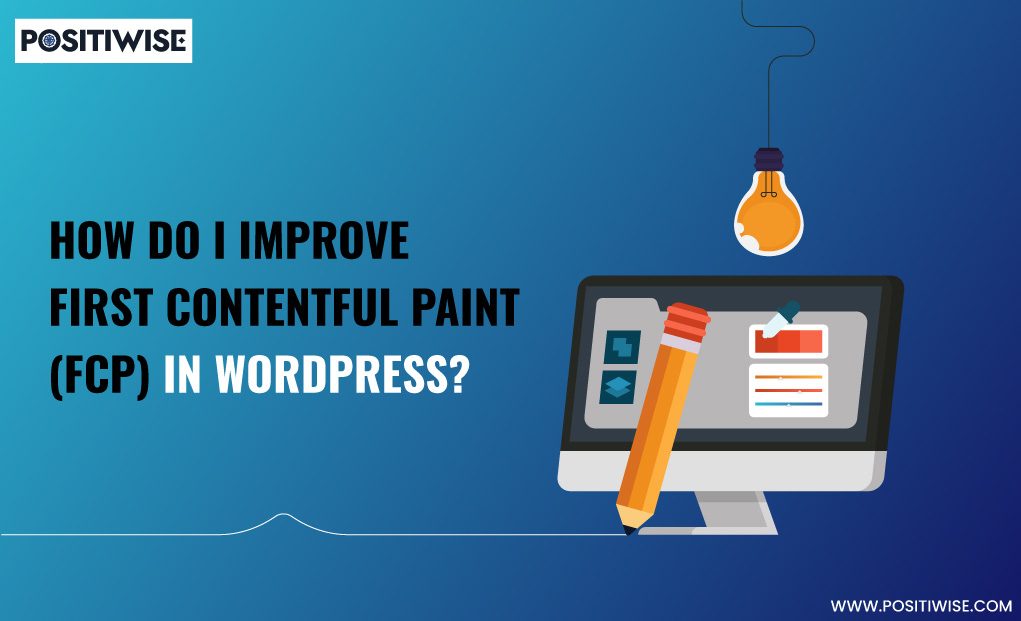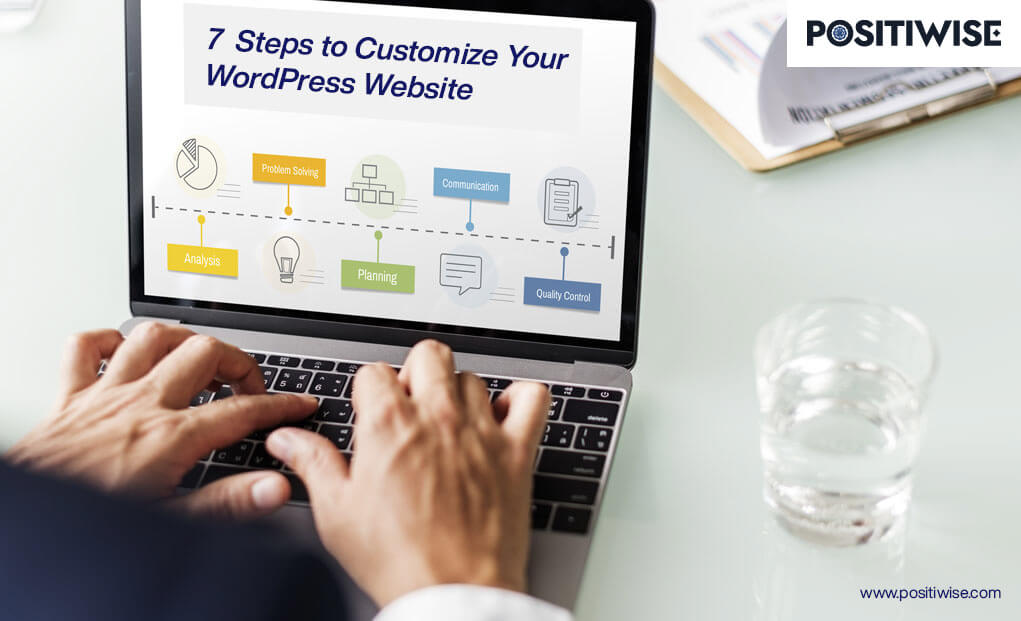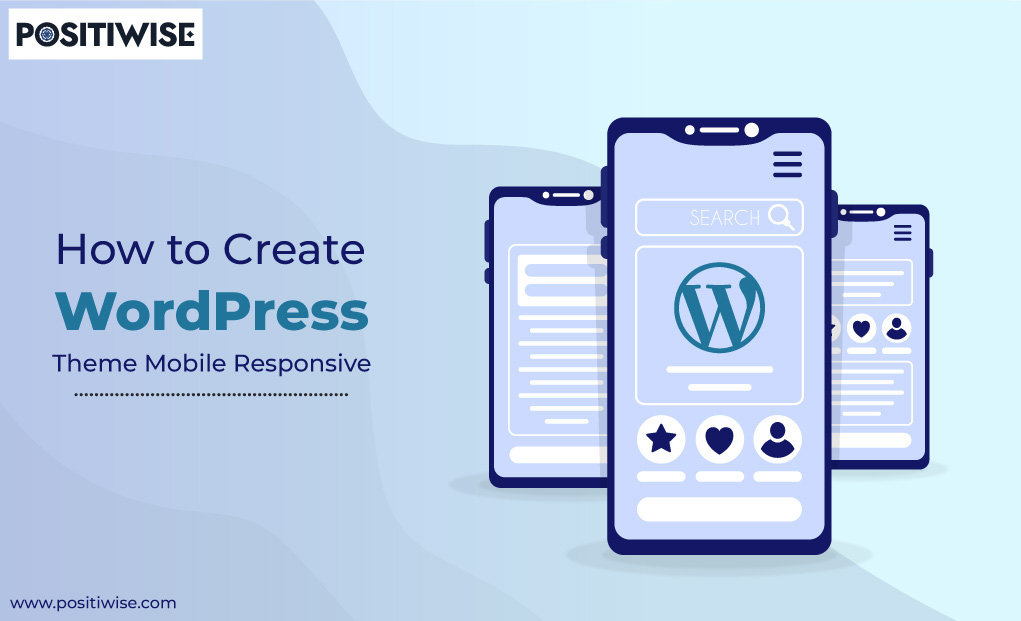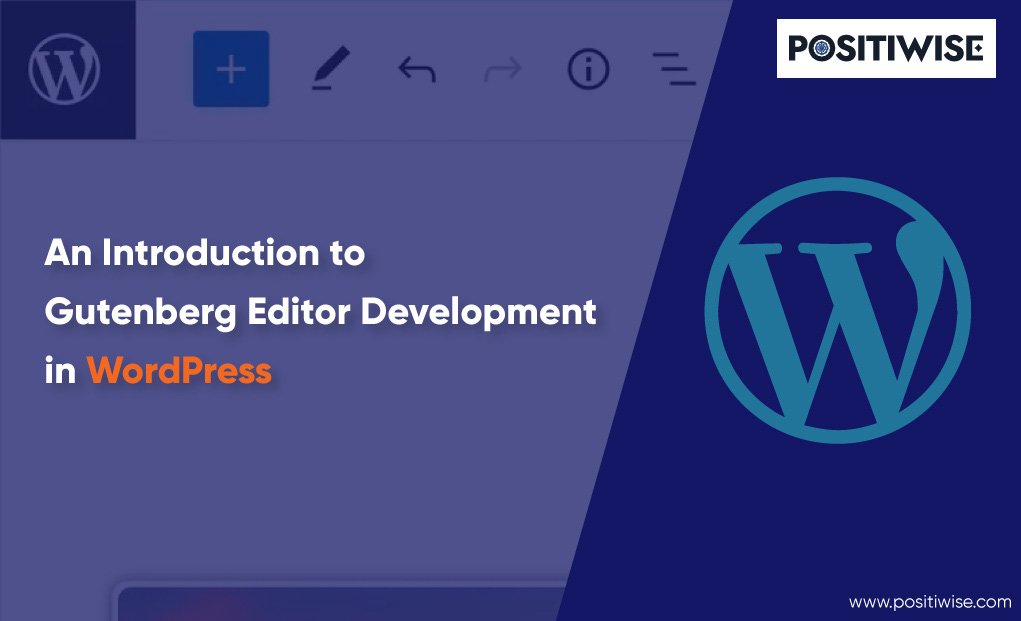Quick Overview:
Regarding WordPress website performance, First Contentful Paint (FCP) is considered a crucial metric. Every WordPress development company focuses on FCP, as it aids in optimizing indexing across search engines and speed. Also, it helps in retaining visitors by making their experience seamless.
Besides it, improving FCP provides many more advantages. And if you need to avail them, you are at the proper knowledge base. Here, you will learn what First Contentful Paint (FCP) is and how you can improve it for your WordPress-based business website.
What is First Contentful Paint (FCP)?
FCP (First Contentful Paint) is a website metric that analyzes performance. Primarily, the FCP score tells about the minimum time the first content piece gets rendered and displayed on the end-user’s screen.
FCP includes all the content pieces of a webpage, including images, text, videos, backgrounds, logos, and more. Whenever a WordPress website goes into testing, FCP assuredly gets examined. It helps to get a clear insight into how long the user will view the content after sending a request to the server.
Additionally, below are the FCP metrics that you must consider:
| Time Taken To Load First Content (FCP) | Status |
|---|---|
| 0 to 1.8 seconds | Good (Needs no improvement) |
| 1.8 to 3 seconds | Average (Needs Improvement) |
| More than 3 seconds | Poor (Needs Improvement) |
How Optimizing FCP Helps in Improving WordPress Performance?
Improving First Contentful Paint provides multiple benefits, such as:
- The webpage content gets loaded within seconds.
- Users retain on the site when content displays when they click the link.
- Search engine prefers speedy and high-performance sites and ranks them at the top.
- The load on the server gets reduced, as compressing files is one of the FCP optimization techniques.
- It reduces the bounce rate and improves visitor-to-customer conversions.
- Supports in optimizing websites for search engines.
- It enhances website speed across devices and browsers.
How FCP Differs from LCP image in WordPress?
FCP and LCP (Largest Contentful Paint) are considered when analyzing the performance metrics. But, there’s a difference between them that you must know.
First, Contentful Paint is the metric that provides details about the time taken to render and display the first content on the browser. In contrast, the LCP metric analyzes the browser’s time to render the most extensive file (image, text, thumbnail, or others).
Both metrics are essential for a WordPress website. However, when you improve the FCP, LCP also gets optimized. To better understand both terms, analyze FCP and LCP metrics before and after implementing the strategies provided.
Top Approaches To Improve First Contentful Paint in WordPress
To improve the First Contentful Paint of your WordPress website, you should understand and implement the following mechanisms.
Minimize Server Response Time
The lower the server response time, the better the score of First Contentful Paint. TTFB, or Time to First Byte, is considered while calculating the FCP, as it depicts when the first byte will get displayed on the screen. Thus, to improve the FCP score, focusing on server speed and performance is a top-level priority.
In addition, to improve the server response time, you must select a top-notch WordPress hosting services provider. Hostinger, Bluehost, SiteGround, WP Engine, and many more providers are available from which you can select one for your site. Moreover, you can also take support from a WordPress development company to select reliable hosting.
Also, you can calculate the FCP by using the following formula:
FCP = TTFB + Content Load Time + Render Time
Don’t Use Render-Blocking Elements
When a desktop or mobile browser loads a webpage, it renders all its files, such as HTML, CSS, and JS. Firstly, the browser download files from the server, parse them and then display them on the screen. And if the files are more extensive, it takes additional time to parse and load webpage content. As a result, render-blocking occurs. Or it takes more time for the first byte to get showcased?
But you can remove render-blocking through the following ways:
- Inline the crucial scripts in the HTML page using <style> and <script> tags, as HTML files get parsed within minimal time.
- Mark the URLs associated with non-critical resources with defer and async attributes.
- Remove the code from CSS and JS files that are not getting used.
Assure That Text Loads First During Webfont Load
Likewise, CSS and JS file fonts are also larger, requiring additional time and resources to load. Some browsers also need to download all fonts before displaying the content on the webpage. And due to it, the FCP rate increases, and end-user don’t even see text on the screen for an extended period. This situation is known as FOIT (Flash of Invisible Text).
To eliminate such a case with your WordPress website, enable the browser to load system fonts temporarily. And when the fonts download, the webpage content will get replaced with your custom font style.
Further, to eliminate FOIT, you must add the following code to @font-face:
Font-display: swap
@font-face {
font-family: 'Pacifico';
font-style: normal;
font-weight: 400;
src: local('Pacifico Regular'), local('Pacifico-Regular'), url(https://fonts.sample.com/pacifico.woff2) format('woff2');
font-display: swap;
}Additionally, if you use a content delivery network, then you must append &display=swap parameter at the URL’s end.
<link href="https://fonts.googleapis.com/css?family=Roboto:400,700&display=swap" rel="stylesheet">
Enhance the CSS Structure
While writing CSS code for the WordPress website, developers use whitespaces for better readability. However, these spaces take extra memory and increase the file size. Because of it, the time the browser took them to download, read, parse, and load the webpage increased. And so, the FCP score.
To optimize the FCP rate, remove the white spaces and comments from the CSS file. And to read the code for maintenance and support, you can create its copy and store it offline. The page size will decrease once you remove the extra whitespaces and comments, improving the FCP score.
In addition, you can use Jetpack’s Optimize CSS Loading feature to execute the operation. It will display the content sooner, and your users will don’t have to wait for the entire webpage to load.
Use Tools To Analyze First Contentful Paint
To select the correct strategy for optimizing the First Contentful Paint score, you must know the current FCP score of your website. And the reliable way to do so is through WordPress-recommended tools and plugins. You can use the below-listed tools that can help you with FCP score insights:
- PageSpeed Insights
To use PageSpeed Insights, you need to input the website’s URL, and it will start examining the Core Web Vitals. As an output, you will receive information about LCP (largest Contentful Paint), FID (First input Delay), CLS (cumulative Layout Shift), FCP, INP (Interaction to Next Paint), and TTFB.
- Lighthouse
Lighthouse tops the list of FCP analyzing tools, as it also compares your website’s FCP score with other sites. In addition, you can assess components of every category, including performance, accessibility, best practices, SEO, and progressive web application. And as an output, overall site performance will be on your screen.
You can use any of the tools/plugins as per requirements and then view where your site lacks. Then, you can select the correct approach to improve the FCP rate.
Compress Images and Reduce File Size
Firstly, text and HTML files get rendered on a webpage, and then the images due to their larger size. But, by compressing the image file size, you can increase the speed, which will directly improve the FCP. You can follow the below tips and approaches for image compression:
- Convert the image format from SVG to WebP.
- Utilize an image compressions plugin to automate PNG, WebP, and JPEG image optimization.
- Use medium-quality images in some places.
- Inline images by converting them to SVG or Base64 format.
- Add the Base64 image to HTML and CSS as below.
-> HTML Code
<img src="data:image/jpeg;base64,/uj/…[content]..." width="100" height="50" alt="this is a base64 image">
-> CSS Code
.custom-class {
background: url('data:image/jpeg;base64,/9j/…[content]...');
}Enable Server-Level Caching
When a browser requests to access the website, the server sends the relevant files to it. And if the site files are more extensive, it takes some additional time to complete the process. During this time, if the content isn’t displayed shortly, the visitor can close your site and switch to another.
To ensure that your visitor retains, utilize server-level caching. When you enable caching, the server stores a copy of website files in the temporary memory. And when a browser requests them, the server immediately sends all resources rather than processing them from scratch.
As a result, the WordPress website loads faster, and the FCP rate improves.
Reduce the DOM Size
Reducing the DOM size can assuredly aid in improving WordPress performance and FCP. You only need to remove the over-complicated webpage nodes from the structure. In addition, utilize a simple and lightweight theme to reduce the file sizes and server load during high-traffic hours.
Moreover, you must consider the following approaches into consideration:
- Utilize CSS selectors in as minimal quantity as you can.
- Save only fewer posts in the archive folder.
- Delete unnecessary nodes from the Document Object Model structure.
- Create short web pages rather than putting all the information on one page.
- Use a lightweight theme or partner with a WordPress development company to create one for you.
- Prevent the usage of <div> tags.
Which WordPress Development Company Can Help in FCP Enhancement?
First, Contentful Paint is a crucial aspect of a WordPress website, which only an experienced WordPress development company can improve. And one such trusted and industry-leading firm is Positiwise Software Pvt Ltd, which has 10+ years of WordPress development experience.
It knows how WordPress functions across devices and how its FCP, speed, performance, and security can improve. Also, it offers all the services, from consultation and development to migration and maintenance. Moreover, all the services are available at an affordable pricing model and by expert WordPress developers.
Boost Website’s Speed and Improve FCP for Your WordPress Site
Improve your website’s performance with the expertise of our WordPress developers and enhance your website’s loading speed, creating a seamless user experience for your visitors.

Concluding Up
To improve the FCP of your website, you must use a tool to analyze the current FCP score. And after that, you can prefer using any of the mentioned strategies. You can reduce the file size, utilize a content delivery network by selecting a reliable hosting provider, eliminate render-blocking elements, configure caching, and more.
In addition, you should use a lightweight theme, simple text, and layout for the best FCP rate, loading the first content within 0 to 1.8 seconds. And if you find difficulties doing so, consult with a WordPress development company.
Expert in Marketing Strategy and Brand Recognition
Jemin Desai is Chief Marketing Officer at Positiwise Software Pvt Ltd, he is responsible for creating and accelerating the company’s marketing strategy and brand recognition across the globe. He has more than 20 years of experience in senior marketing roles at the Inc. 5000 Fastest-Growing Private Companies.






